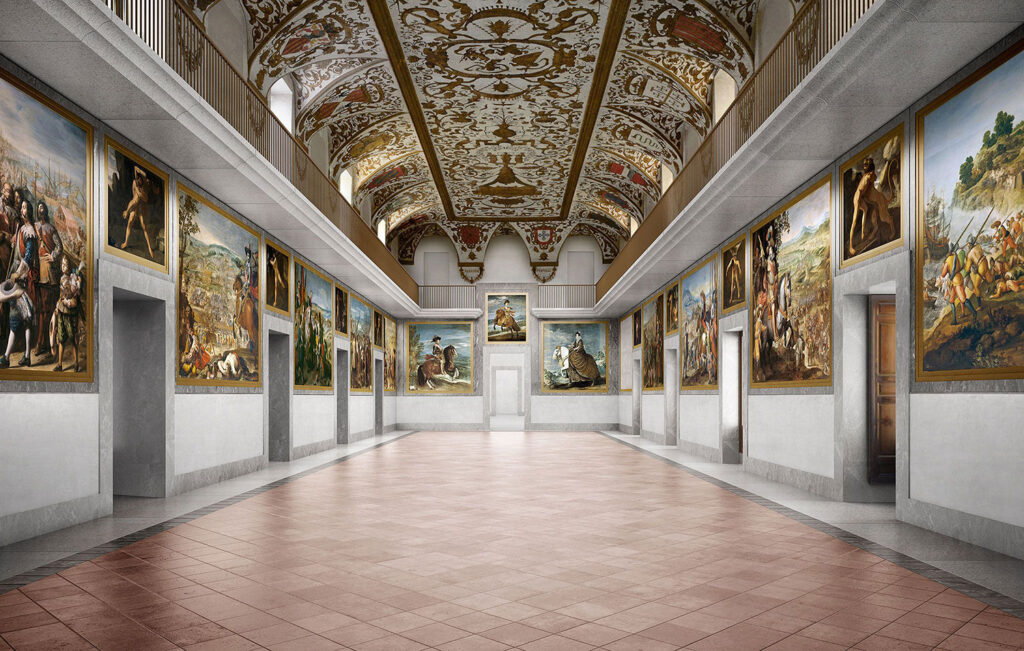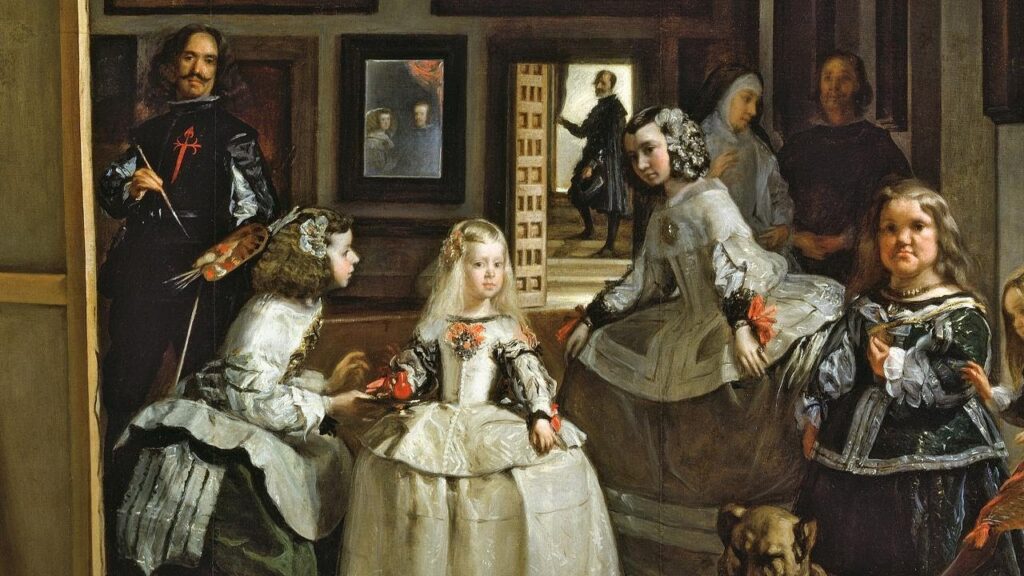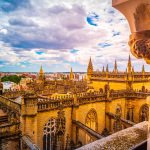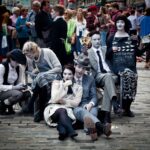Prado Museum Madrid
Introduction
The Prado alone ranks with the world’s top art museums for the riches of its collections. But add the Reina Sofia National Art Museum, the Thyssen-Bornemisza Museum, and the CaixaForum, all along Madrid’s mile-long, tree-shaded boulevard, and you have what may be the world’s highest concentration of priceless art treasures. No wonder this is El Paseo del Arte – Boulevard of the Arts.
After a 2007 expansion that doubled its exhibition space, the Prado added another 12 galleries in 2009 to house a collection of works by Goya and other late 19th-century artists. The Prado has the world’s most extensive collection of Spanish art, an impressive continuum from 12th-century medieval works through the avant-garde movement of the early 20th century, and is especially noted for its works from Spain’s golden age by El Greco, Velazquez, and Goya.
But its riches are not all Spanish; other highlights are the medieval murals and retablos, paintings by Flemish and Dutch artists (be sure to see the fantasy world of Hieronymous Bosch and works by Rubens and Brueghel), and Italian art (Botticelli, Raphael, Correggio, Titian, and Tintoretto).
Highlights of Reina Sofia’s impressive 20,000 works are Picasso’s Guernica and works by Miró, Dalí, Dubuffet, Braque, Serra, Calder, and Magritte.
Location
Visitors to the Prado Museum, Madrid, should head to either the Atocha Main Line Station or the Banco de España Underground Station if arriving by public transport. There are also bus routes to the Museum, but these may be harder to navigate for those unfamiliar with the city of Madrid. Tourists can benefit from specialist tickets, which include public transport across the city and entry to major attractions for a single price, typically saving them a lot of money and hassle from organizing everything separately. The Museum is based in Paseo del Prado, roughly in the city’s center. Within walking distance is Prado Park, which offers a beautiful environment in which to spend a few hours unwinding after looking around the Museum. Considering its central location, it is a surprisingly large park and can be pretty quiet because of how its visitors are spread out over a large area. There are activities to enjoy within the park, as well as many restaurants and bars dotted around Paseo del Prado and the neighboring streets. Those with suitable budgets might choose a Madrid hotel within this district because so many attractions are found in and around here, avoiding the need to navigate the public transport system.
Opening hours
| Day | Time |
|---|---|
| Monday – Saturday | 10:00 – 20:00 |
| Sunday | 10:00 – 19:00 |
| Public Holiday | 10:00 – 19:00 |
The galleries are cleared 10 minutes before closing.
Ticket Prices
Entry fee: €15.00
General admission + official guide book: €24.00
The ticket allows the holder to visit the museum collection and temporary exhibitions on the same day.
Entry with the Madrid Card: Free
Disabled access is available.
Free entry for Over 65s, EU students under 25, unemployed, disabled, teachers, and official guides.
History
As the Age of Enlightenment spread across Europe, it was decided that public art galleries should be set up to allow the art held by monarchs and religious institutions to be seen by ordinary people. Previously, they have been hidden away in the homes of the rich and often would fall into disrepair. The Louvre had just been set up in France (1793), and the idea spread to Madrid, where plans for an art museum were announced. It would eventually be opened in 1819 under the Real Museo de Pinturas title. It would later be named the Prado, which translates to Meadow in English. Another intention of this new institution was to allow professors and art historians to study the finest art in the country under one roof, leading to an improved exchange of knowledge and expertise. Things were initially set in motion by King Joseph I, brother to Napoleon, who issued a decree in 1809 that formally announced plans to open a gallery within Madrid. The collection installed within the Museum had been collected over the previous four centuries by consecutive monarchs. So, the inventory was entirely down to the particular tastes of these individual figures. That helps to explain why the Prado continues to offer some periods of art history incredibly well while others are left somewhat bare.

The ruling powers across Spain would vary their tastes over these four centuries, helping to broaden the collection at least a little more. Flemish, Italian, and Spanish art would all be popular with different monarchs and different stages, and those three regions are still well represented within the Prado collection today. Initially, only Spanish artists were included, but quickly, efforts were made to draw in items from the royal palaces and residences, which immediately provided far greater variety. The initial launch featured 313 paintings, but by 1827, this list had grown to an impressive 4,000. By 1865, it was decided to transfer ownership of these paintings and the Prado Museum itself from the monarchy to the crown. Several other Spanish museums had been set up since the Prado but were owned by the state, encouraging those running the Prado to do the same. The one downside would be that the state would have to finance the Museum’s running for the first time. Financial problems in Spain would then merge Madrid galleries, with all other collections being moved into the Prado, expanding its display once again.
Most important paintings
The Prado features certain paintings that have determined the history of art, for example:
- Las Meninas by Velázquez.
- The Third of May 1808 (El tres de mayo de 1808 en Madrid) by Goya.
- El caballero de la mano en el pecho by El Greco.
- The Three Graces by Rubens.
- La maja desnuda by Goya.

How long does it take to visit the Museum?
If you are an art fan and enjoy exploring museums, we suggest booking a whole morning to explore the main halls of this art gallery. On the other hand, if art doesn’t particularly interest you, then we recommend visiting the Prado if you have a Madrid Card or when the Museum is free to visit: Monday to Saturday from 6 pm to 8 pm or Sundays and bank holidays from 5 pm to 7 pm to see the most renowned works of art.
The Prado is next to Retiro Park, so you might want to combine both attractions on the same day.
Did you know?
Is the Prado open for longer hours than any other significant museum worldwide? It has recently increased opening hours and is now open 66 hours a week.
The Prado runs an informative and educational program of conferences and sometimes even small-scale theatre shows. Up-to-date information about the latest activities is available on the official Museum website. Official Prado website.










